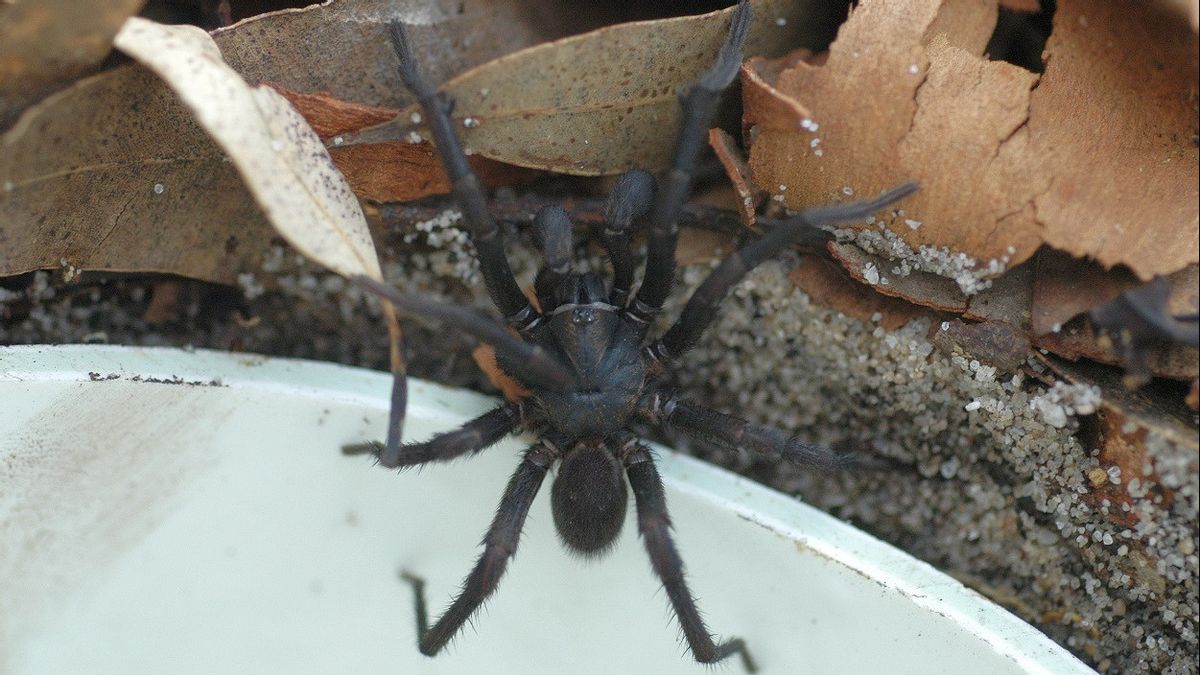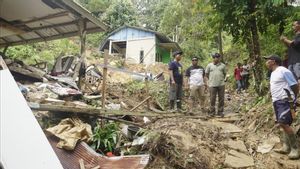JAKARTA - Several funnel-web spiders found in Sydney are crawling into the Australian bush carrying special cargo, telemetry trackers to study how far an adult male can travel at night and whether their movements are affected by environment and weather.
Caitlin Creak, a PhD candidate in the University of New South Wales' School of Biological, Earth and Environmental Sciences, has been tracking a male funnel-web spider, one of the world's deadliest spiders, for two summers.
Nocturnal arachnids live within about 100 km (62 miles) of Australia's largest city, and are mostly active between November and April.
Raised in the Australian bush, the 27-year-old is no stranger to spiders. His love for spiders grew after he studied them during his biology degree, and interacted with creatures he found extraordinary.
Most of the research on funnel-web spiders is on their venom and taxonomy. However, this time, Creak's research focuses on its behavior and ecology.
"The Sydney funnel-web has a lethal toxin to humans, which is simply an evolutionary coincidence, as we suspected at this stage," he said.
"To be honest that's all we know about them. We don't really know anything else in terms of their behavior, biology or ecology," he explained.
To be able to attach the tracker, the spider must first be 'sleep' with carbon dioxide, standard practice for calming invertebrates, Creak said.
As the spider slumbers for several minutes on a damp sponge that keeps it hydrated, Creak places a second sponge around its head to securely attach a tiny tracking device, slightly larger than a grain of rice, to the fused head and chest, called the cephalothorax.
Crack is very careful when handling spiders, never touch them with his hands. Instead, he used 30cm-long forceps and when he woke up, the spider was kept in a thick plastic container.
Weather permitting, Crack tracks spiders daily for as long as the tracker remains functional. They can get dislodged from time to time, while the tiny battery lasts about a month.
"In the morning, I'll be back, and I can see how far he's gone overnight. Once they get used to the trackers, they're gone. They can go, God, anywhere between one meter and 60 meters overnight, which I have record," explained Crack.
Not an easy task to track arachnids. With the receiver and antennae, Creak must carefully tread on vegetation, logs, and leaf litter. The telemetry tracker on the spider sends a beep to the receiver as Creak approaches.
To note, Australia has many species of spiders but only the male Sydney funnel-web is responsible for human deaths. While only 13 deaths have been recorded, more than 30 people are bitten by spiders each year, according to the Australian Museum.
"We're with them all the time, we might as well try and coexist and to do that, we need to know more about them," Crack said of spiders during a recent tracking expedition.
The English, Chinese, Japanese, Arabic, and French versions are automatically generated by the AI. So there may still be inaccuracies in translating, please always see Indonesian as our main language. (system supported by DigitalSiber.id)










